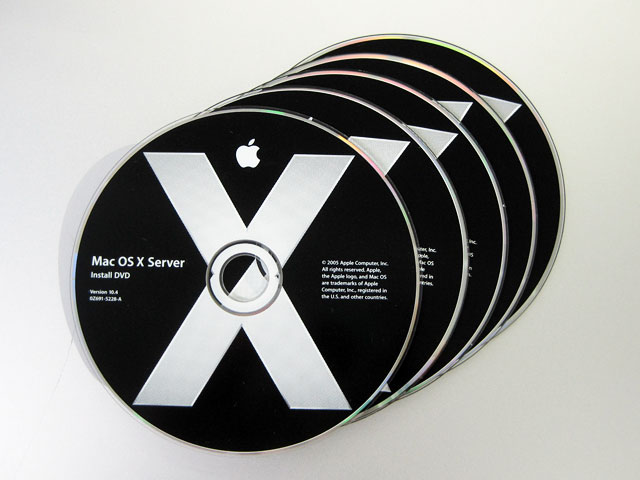
- #BACKUP SOFTWARE FOR MAC 10.4 MAC OS X#
- #BACKUP SOFTWARE FOR MAC 10.4 MAC OS#
- #BACKUP SOFTWARE FOR MAC 10.4 INSTALL#
- #BACKUP SOFTWARE FOR MAC 10.4 DOWNLOAD#
#BACKUP SOFTWARE FOR MAC 10.4 MAC OS#
Should you ever need to erase your entire drive and reinstall or restore Mac OS X, you will want to restore your entire home directory (as well as any other user directories you backed up). You are now set to restore individual files from your backup, as needed.

#BACKUP SOFTWARE FOR MAC 10.4 MAC OS X#
If you plan on erasing your Mac OS X volume, perform this type of backup just before you erase the drive.

(Most of what you want to save should already be there.)Ĭopy your entire home directory to your backup location. If there's something you want to save that's not yet in your home directory, copy it there.Here's one simple method that uses the Finder and thus does not require any third-party software (though it won't copy invisible files in the copied directories): You can perform this type of backup in several ways, all of which I describe in the text that follows.īacking up. Since it should contain almost all of the files you've added and created since installing Mac OS X (except perhaps some programs in the Applications folder and some systemwide settings and add-ons stored in the main Library folder), creating a backup of it should at least prevent you from losing irreplaceable data. Unix symbolic and hard links are broken.īacking Up and Restoring a Home DirectoryĮven if you decide not to maintain a complete, bootable backup of your Mac OS X volume (because it takes too long or requires costly additional hardware and software), you should at least maintain a backup of your home directory.Invisible files, especially the critical Unix software, are not copied.File permissions are not preserved correctly.If you try to do so, the following problems occur that prevent the copy from booting (or even from being a complete copy!): Unlike what you can do with Mac OS 9 volumes, you can't create a bootable copy of a volume via drag and drop in the Finder. That being said, restoring a Mac OS X startup volume presents some unique obstacles, the most critical of which is making sure your backup and restored volumes are bootable. There is, however, a good reason for maintaining a complete backup of your entire drive: If it becomes damaged in such a way that you need to either erase and reformat it or get a new drive, the simplest and fastest way to get up and running again is to restore the drive in its entirety from a current backup. Note: If you've been using Classic, you may also want to back up your Mac OS 9 folders-System Folder, Applications (Mac OS 9), and (especially) Documents-to save any critical files and simplify a restore later.
#BACKUP SOFTWARE FOR MAC 10.4 INSTALL#
But remember: Reinstalling applications from their installers is often better than just saving a backup of the application itself because an installer utility will install any accessory files (including invisible files), which you would not save by backing up just the application. If you've installed applications in the Applications folder or added fonts to the /Library/Fonts folder, you may also want to back them up-especially if the software didn't come on a CD that could serve as a backup. For these purposes, you don't need to back up your entire drive but instead can restrict your backup to your home directory. To prevent such disasters, it's usually sufficient to back up just the files you've acquired, and, especially, the documents you've created. More serious is the loss of irreplaceable files such as the near-final draft of a novel you spent the last two years writing. Even here, though, if a problem destroyed a folder containing hundreds of such programs, it would be a real pain to remember everything you lost and then reacquire all of the software.
#BACKUP SOFTWARE FOR MAC 10.4 DOWNLOAD#
In that case, you can just download it again. The danger posed by a lost or corrupted file may not seem serious if the file in question is a freeware program you downloaded from the Web. When this happens, you'll be glad you had a backup. Here's some advice you should already know: Back up the files on your drive(s)-and do so often! If a file on your drive gets corrupted or accidentally deleted and you don't have a backup, you may not be able to retrieve it. Learn More Buy Backing Up and Restoring Mac OS X Volumes


 0 kommentar(er)
0 kommentar(er)
